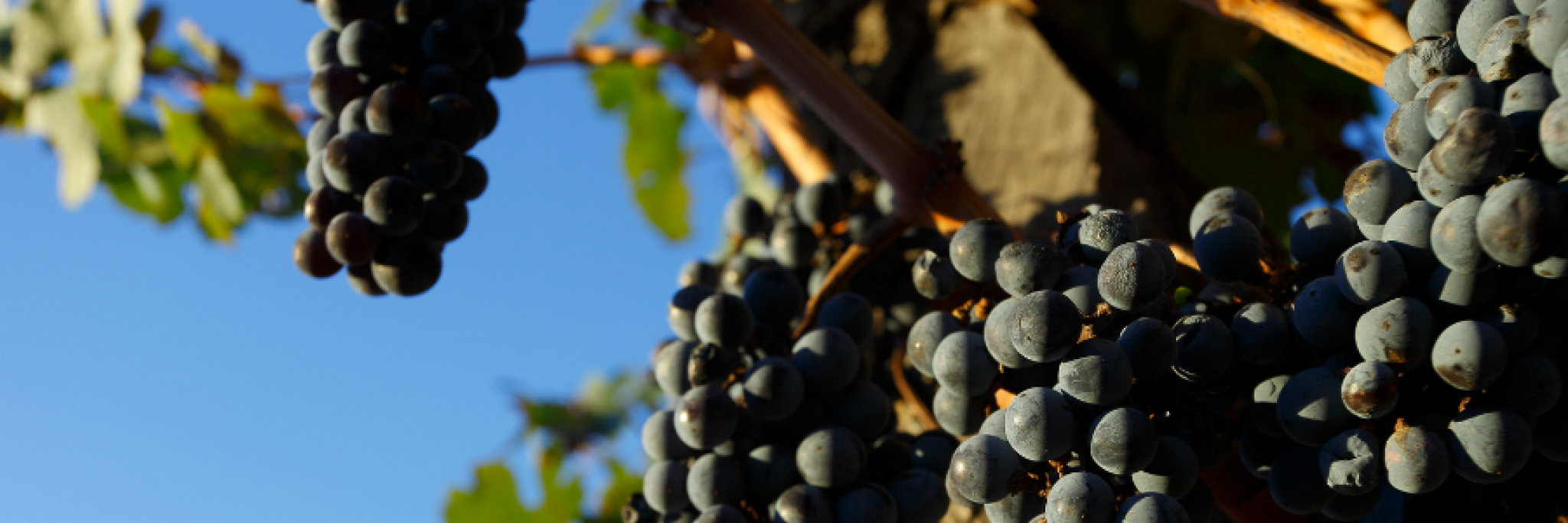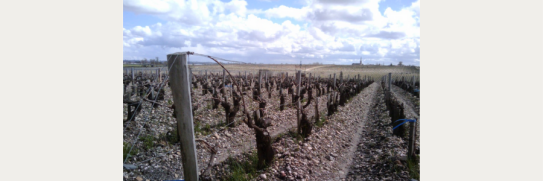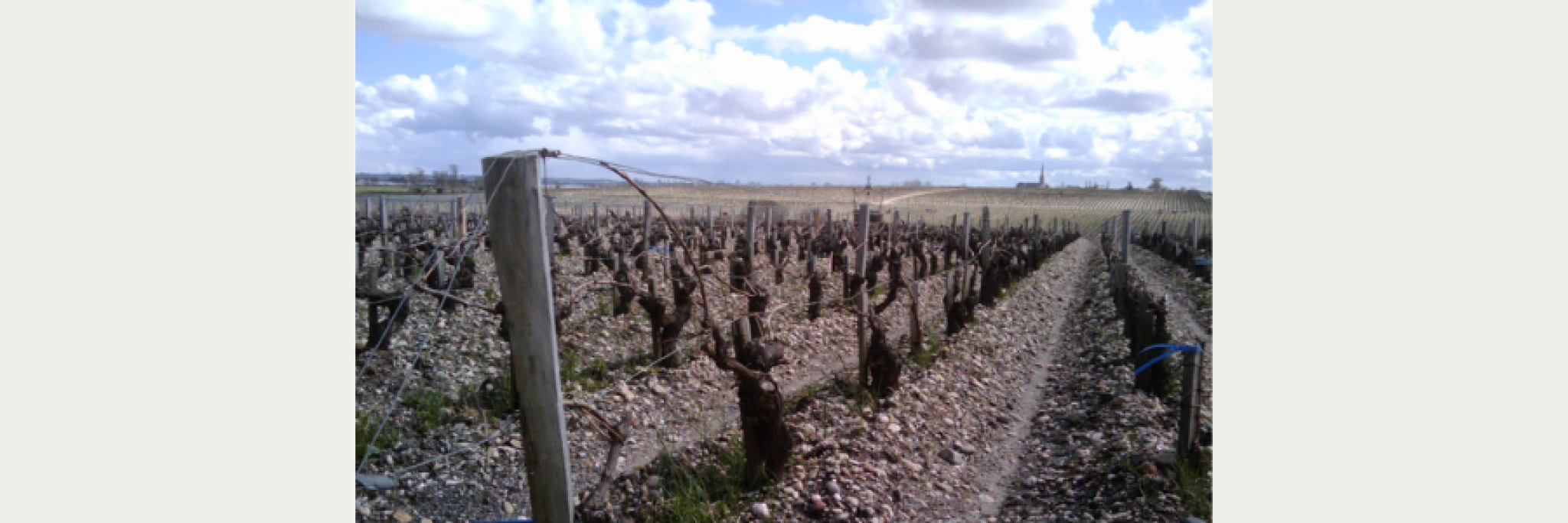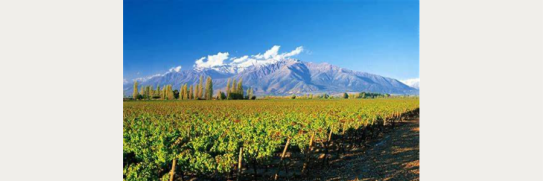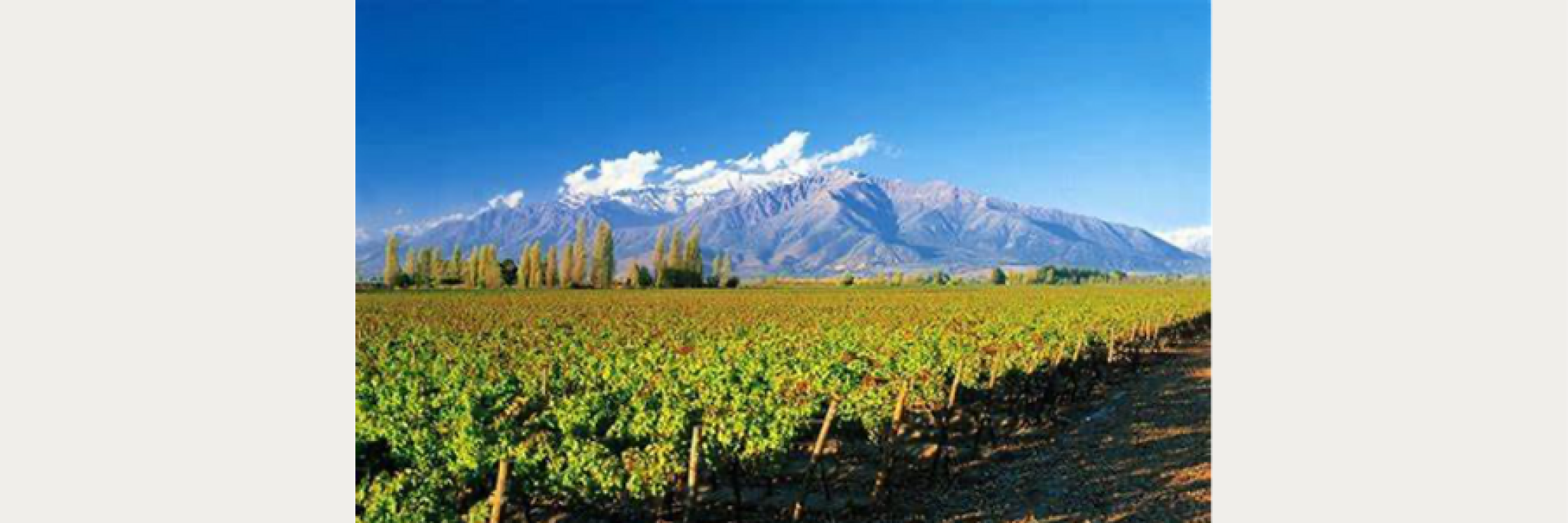PETER GRAHAM WINES CABERNET SAUVIGNON SELECTION
Cabernet Sauvignon is the most widely planted grape variety in the world. It is the bedrock of most of the left bank Bordeaux and anyone lucky enough to have tasted top examples of a Cru Classé; a fine Bolgheri from Italy; or a top Californian, Coonawarra, Stellenbosch, Maipo, or Western Australian “Bordeaux blend” cannot but be enthralled by its intrinsic quality and style.
Cabernet plantings around the world total nearly 350,000has (v 115,000has for Pinot Noir in context). The reputation of top left bank Bordeaux became the blueprint for top producers in the New World – and the key element in this model is that Cabernet Sauvignon can perform better when the lead in a blend, than when solely on its own. Why is that so and what are its characteristics and flavours?
An interesting setting is its origin as a variety. Relatively new, it is crossing of Cabernet Franc and Sauvignon Blanc – believed to have occurred in the southwest of France sometime in the 17th Century. With small grapes and thick skinned, deep colour pigmentation, and naturally high levels of skin tannins and acid levels, this makes for a grape which is both robust in the vineyard (ie more resistant to hazards such as rot and insects) but also “robust” in the glass with a deep colour, full body, and high levels of both acid and tannin. As a result, on its own it can be too aggressive (especially when young) which is why it is often blended with other varieties (most often Merlot) to create a more balanced wine.
This also makes for wines which can age and develop over a long time. It is also relatively late ripening so needs moderate to warm climates to grow successfully. Overall, it is a hardy vine and adaptable, so add the market demand and interest and you can see why farmers are so keen to plant it if they have the freedom and opportunity to do so. No surprise, it also commands a higher price per kilo than most other grapes. Finally, it keeps its aromatic and flavour identity well almost wherever it is grown.
Key aroma and flavours are a bold blackcurrant or cassis fruit, sometimes tobacco and pepper, with an herbaceous or leafy (capsicum) quality (from its Sauvignon Blanc gene pool), which becomes more exaggerated when grown in cooler sites. In warmer sites the fruit will become more black jam, sometimes with notes of chocolate, even menthol. With age it takes on notes of leather and more exaggerated mineral and tobacco notes, and in top examples – and an alluring character which is found especially in Bordeaux of “graphite” (lead pencil).
The other flavour and structure aspect is how well Cabernet Sauvignon marries with oak. It absorbs oak like blotting paper and therefore good examples can work not only with a lot of new oak, but also relatively higher toast levels. So where does Cabernet Sauvignon perform well?
BORDEAUX
Classic shot of the poor, gravelly soil in Pauillac – here at revered First Growth Château Latour
The most famous area for Cabernet in the world is the left bank of Bordeaux – often referred to as the (Haut) Médoc. Here, the deep gravel soils act as an important heat/light reflector to assist ripening and provide vital drainage in what is a maritime climate. The first recorded planting of Cabernet Sauvignon, interestingly, was at “Château Mouton” in the 18thCentury.
But here again even the greatest estates will always blend a judicious amount of Merlot and Cabernet Franc (both earlier ripeners) and maybe even a little Petit Verdot, as these component parts temper Cabernet Sauvignon and create a blend in which the final wine is greater the sum of its parts. This is exemplified, arguably, in the AOC of Pauillac (which has three First Growths), but also in the communes of Margaux, St Julien, and St. Estèphe. And these benchmark examples, have defined the model which has since been copied all over the New World. Much les is planted on the Right Bank (eg Pomerol, St. Émilion) where Merlot dominates most blends.
Peter Graham Wines have an excellent selection of Left Bank wines – many from top estates, and fine vintages with bottle age. Please find a link to this selection – I would particularly recommend the Châteaux Giscours 2015 (a classic Grand Cru Classé, and now mature Margaux), de Lamarque (a fine, again mature, value for money, Médoc from the stellar 2016 vintage) and the exceptional 2009 Grand Cru Pauillac in magnum from Château Batailley.
PGW - TOP QUALITY RED BORDEAUX
NEW WORLD CABERNET & BLENDS
With Cabernet in the New World the search is always on for cooler spots in what will generally still be warmer than Bordeaux. Here, wines tend to be less herbaceous with bolder, juicy, cassis fruit.
Australia
And here in the classic Terra Rossa (red) soil in Coonawarra South Australia
Classic areas and examples include Western Australia, such as Margaret River, and especially Coonawarra, Clare Valley, and Barossa Valley in South Australia. Coonawarra is famous for its striking red terra rossa soils which Cabernet works well in. These extend into The Clare Valley too. In a country which is dominated by the Shiraz as the main black grape, Cabernet often paradoxically has a role as a blending component with that grape, and specialist Cabernet (Bordeaux blend) areas are relatively rare, but Coonawarra is by far the most specialised Cabernet area.
A top example is the Yalumba Coonawarra “The Menzies” with its silky tannins and ripe, rich, cassis led fruit flavours with a touch of dark chocolate. And this provides you with a rare opportunity to try a 100% Cabernet Sauvignon wine too.
https://petergrahamwines.com/p/cabernet-sauvignon-the-menzies-yalumba
A classic Australian twist by contrast is when they blend Cabernet Sauvignon with Shiraz - here again with Yalumba and their Signature the Barossa Blend – a near 50:50 mix of the two grapes, with the Shiraz giving a lovely spicy liquorice kick to the black fruit Cabernet element
https://petergrahamwines.com/p/cabernet-sauvignonshiraz-the-signature-yalumba
USA – California
Other areas of note include California – and especially the Napa Valley which has defined superior growing areas highly suited to growing Cabernet – such as Oakville, Stag’s Leap, Calistoga, and Rutherford (Bench) which have been further declassified as superior delimited areas. Also, further south of San Francisco is the delimited area of Santa Cruz Mountains. These days, top Californian Bordeaux blends command as high as price as any big name Bordeaux Cru Classé – if not more eg Harlan Estate, Screaming Eagle.
South Africa
In South Africa, Stellenbosch is the Cabernet capital of the country. In 2018 a group of top producers came together to form the “Stellenbosch Cabernet Collective”. One of the founders Arbrie Beeslaaar – winemaker at Kanonkopf – said, “We are sitting in one of the exceptional areas for Cabernet production in the world. We have a fruit spectrum in South Africa that is very special.” He then points to the mountainous terrain of Stellenbosch, the vicinity of the ocean and the decomposed granite, sandstone, and shale soils. “These soils, together with the rainfall, produce low-yielding Cabernet vineyards – we cannot overcrop.”
A very good example is the Vergelegen “V” 100% Cabernet Sauvignon which hits the button with its bold blackcurrant fruit and savoury mature nature with fine grained tannins and oak
https://petergrahamwines.com/p/14-vergelegen-v-cabernet-sauvignon
Chile
The foundation of the whole industry was very much Bordeaux influenced in the early to mid-19th Century. Here the best areas are to found (no surprise) in the warmer Central Valley. The Maipo Valley, Rapel (with it sub districts of Colchagua and Cachapoal) and Aconcagua are all high quality growing areas, although the Maule is also starting to make waves for this variety. In Chile of course the Carmenère grape is sometimes used instead of Merlot as blending component with Cabernet.
The Novas Maipo Valley Gran Reserva Cabernet Sauvignon showcases a classic Chilean style with its leafy, herbaceous edge to the bright cassis fruit – delivering excellent value for money
https://petergrahamwines.com/p/19-cabernet-sauvignon-gran-reserva-novas
The magnificent Maipo Valley Chile
Argentina
The modern-day industry in Argentina is dominated by the Malbec grape and the Mendoza region. However, many producers are also eyeing up the potential for Cabernet too in this area. So, watch this space as they say
PGW have already sourced a fine example from the higher altitude Mendoza Uco Valley from Bodega Los Horaldos– the Gran Corte – this is worth a try
https://petergrahamwines.com/p/gran-corte-los-horaldos
ITALY & SPAIN
With one major exception there is very little Cabernet grown in Italy – that one is Bolgheri on the west coast of Tuscany where they struggled to grow Sangiovese successfully and looked towards other varieties instead. The whole impetus was driven by one very famous estate in the early days - Sassicaia – but today many estates are making world class Bordeaux style blends.
Other estates in Europe were also fascinated by the potential for Cabernet Sauvignon and one of the most famous was Miguel Torres and the creation of their flagship cuvée Mas La Plana. First launched in 1978 this Penédes 100% Cabernet Sauvignon was met with international acclaim and remains to this day Torres’s most iconic red wine
https://petergrahamwines.com/p/17-mas-la-plana-cabernet-sauvignon
On a final note, these types of wines, because of the nature and structure of Cabernet Sauvignon, can often age and improve well over several years. This is a nice option to have – enjoy them young and vibrant but also mature and more savoury if you like that style. I would also recommend the option of decanting the wines before serving – especially the left bank Bordeaux and bigger examples such a La Plana and The Menzies – not least some of these wines may have also thrown a sediment.
Food Matching
Because again, with its intrinsic character, Cabernet based wines always work well with robust and fuller bodied foods and dishes. The majority are not designed to be drunk on their own. And please do not fear the higher tannins and acid aspect – when paired with red meats and game (often the most natural food partners) the richness of the dish marries well with the Cabernet structure, and they blend into a homogeneous sensation. And for vegetarians, these are the wines which demand robust cooking – go for char grilling, confit some tomatoes, caramelise some onions, even add some spice, ingredients like Puy Lentils work well too.


